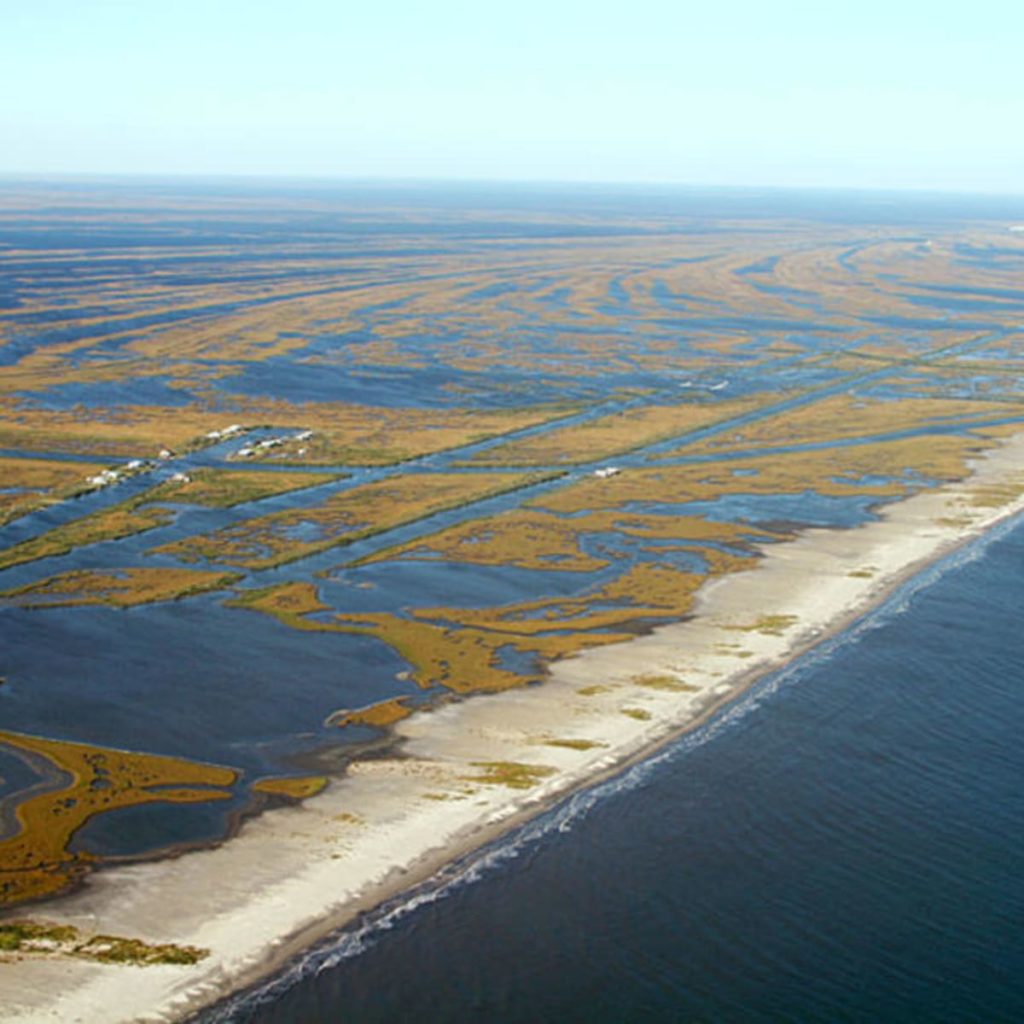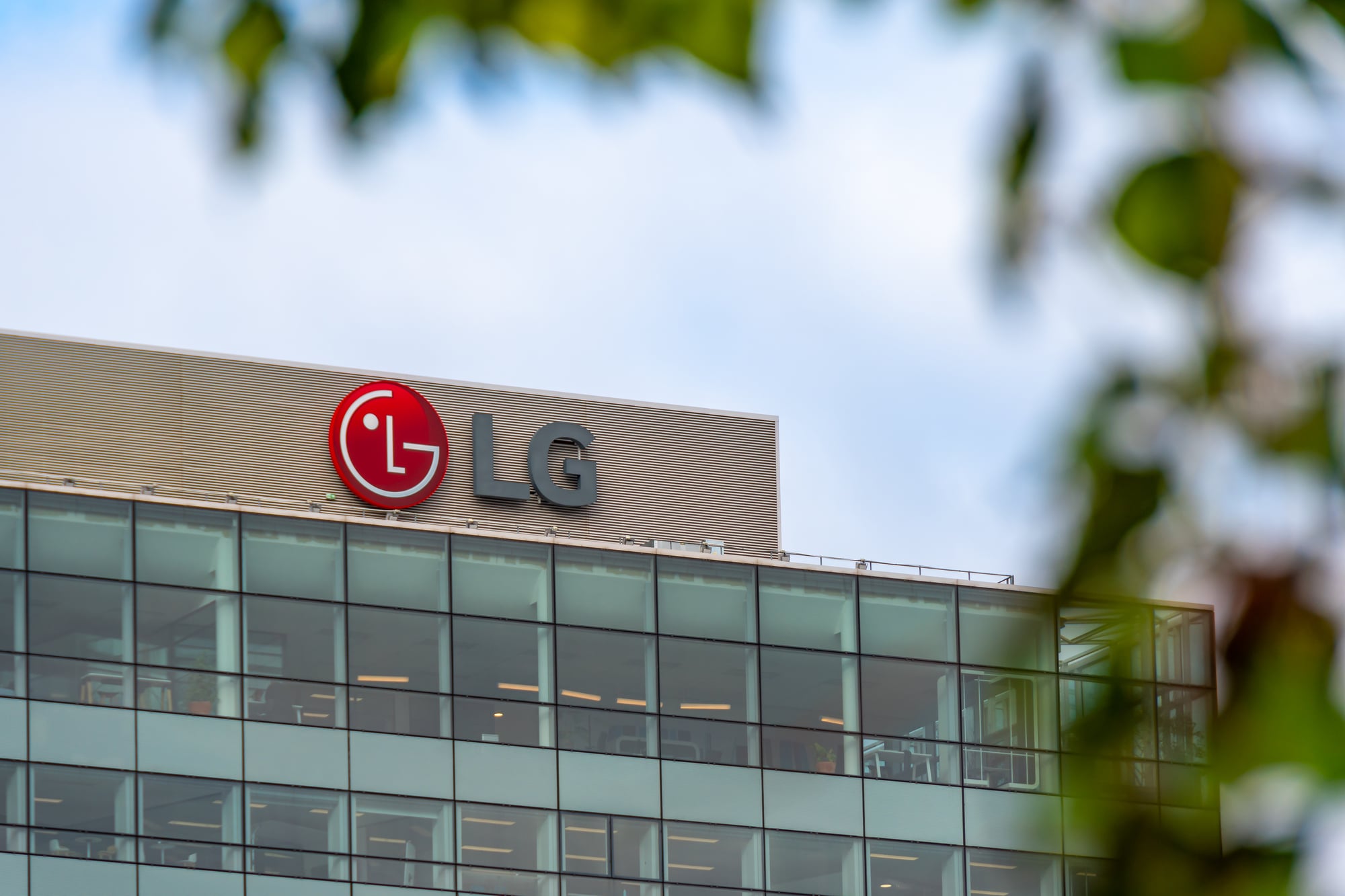KBRA Releases Research – Sea-Level Rise: The Gulf Coast Bears the Brunt of Earlier Impacts

KBRA releases a report examining how sea-level rise is expected to worsen in the coming decades, but the effects in the U.S. will likely be far from uniform. According to some models, the loss of coastal property will disproportionately fall on the Gulf Coast—especially in Louisiana, which alone could account for more than one-half of total U.S. acres lost by 2050.
The Atlantic Coast is projected to be less exposed to lost acreage, and the Pacific Coast (including Alaska and Hawaii) is even less affected. These observations are based on KBRA’s examination of a Climate Central analysis that models sea-level rise by decade through 2100. The report includes a focus on the results through 2050, because this time frame is within the final maturity of many municipal bond issues and single-family mortgages, but note that the forecast effects continue to worsen through the balance of the century.
Key Takeaways
- The Gulf Coast accounts for 72% of all forecast acres lost to sea-level rise in the U.S. through 2050, with Louisiana alone accounting for about 56% of total U.S. acres lost. Coastal subsidence is a significant contributor to Louisiana’s expected result.
- Acres lost along the Atlantic Coast are expected to be 24% of the total expected acreage lost by 2050, with the Pacific Coast less exposed at 4%.
- The Pacific Coast’s protection from rising sea levels reflects the prevalence of steeply sloped terrain, among other factors.
- The Atlantic Coast narrows the gap with the Gulf Coast as the century progresses in terms of the share of acres lost.
Click here to view the report.
Source: KBRA






